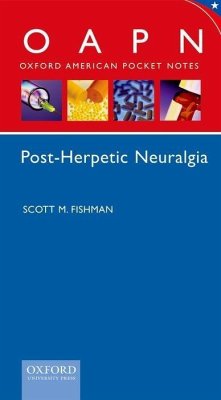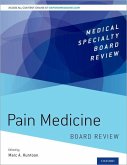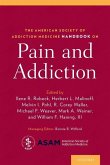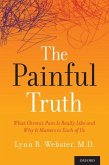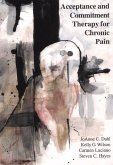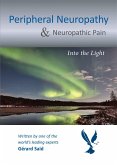Postherpetic Neuralgia (PHN) is one of the two most common neuropathic pain disorders (the other is diabetic neuropathy), which in turn is a common type of chronic pain syndrome. The prevalence of neuropathic pain in the United States has been estimated at almost 3.8 million and PHN may account for as many as one million in these cases. PHN is a chronic pain disorder associated wtih skin eruptions due to the varicella zoster virus (VZV), known as shingles or zoster, usually occurring in adults. The primary infection with the VZV, mostly in childhood, produces chicken pox (varicella). Following the initial infection, the virus remains latent in the body until it is reactivated, producing the shingles rash. Shingles is characterized by painful, grouped skin lesions, most commonly on the trunk or face. The eruption is the most distinctive feature, but frequently, the most debilitating symptom is pain. Once the acute phase and its usual rash have healed, lingering or new onset pain can occur and is referred to as postherpetic neuralgia (PHN). Although the duration of pain symptoms in PHN generally does not exceed three months, a significant proportion of patients (up to 20% of those with PHN over the age of 50, and up to 50% in those over age 70) develop chronic pain lasting more than one year. In some patients, the pain may persist indefinitely, if not properly treated. Damage from the VZV can lead to persistent severe neuralgia, facial, or other nerve paralysis, blindness or other visual impairments, and encephalitis. The impact of pain on quality of life may be severe with chronic fatigue, anorexia, weight loss, physical inactivity, insomnia, and depression. Part of the new Oxford American Pocket Notes series, this ultra concise guide presents a brief overview of the epidemiology, pathophysiology, diagnosis, and management of postherpetic neuralgia. Uniquely compact and affordable, the guide covers the use of antivirals and vaccines in preventing PHN, as well as treatment options once PHN occurs, including both pharmacological (oral, parenteral, and topical agents) and non-pharmacological therapies. In addition, the book provides actual pain assessment tools, such as the Short-Form McGill Questionnaire, and the Zoter Brief Pain Inventory, ready for practical use in the clinical setting.

